The Expectations Agreement: Larson’s Management Philosophy Explained
October 10, 2023
One of the most impactful moments of my life was stepping across the finish line at the Salt Lake Half Marathon in 2012. The fact that my boss and his successor were in the crowd watching me was something I never envisioned happening, but it was one of the reasons I trained for and ran that race. My goals were just as important to my boss as they were to me, and that will always make a difference in my life.
Our company founder, my boss, Dennis Larson, felt strongly that we are here on this earth to improve. We work, we live, we play…for what? To be better. To learn and to grow. He also knew the definition of success was embedded within each individual, not determined by a company policy. To instill in his employees the understanding of the power of improvement to make our lives have meaning, he created the Expectations Agreement in 1999. This has been the key to growth and longevity for our CPA firm for over 20 years.
An Employee Goals Program
The Expectations Agreement (affectionately known as an EA) is in its most basic form an employee goals program. Each employee is required (not encouraged, required) to make both professional and personal goals every year. We have a bonus pool in our company, and our employees know that their portion of the bonus pool depends in part on how well they are making progress in those goals. The motivation comes from not only financial incentives but also knowing your manager will be asking you about improving in your personal life. When I was tempted to skip a training session for the half marathon, I would think about Dennis asking me how my training was going. I thought I would rather say I did what I said I was going to do than walk in and feel guilty about skipping. I wanted Dennis’ respect and I also wanted to show him I was dependable. It’s kind of like an accountability buddy, but at the office and has more weight.
There are five parts to the EA: Long-term goals, yearly business goals, personal goals, your expectations of Larson, and Larson’s expectations of you. These goals must be SMART goals, specific, measurable, applicable, realistic, and time sensitive. I remember Dennis telling me when I put together my first Expectation Agreement to make “stretch goals,” by saying, “I’d rather see you make an ambitious goal and fail than see you make a sissy goal and achieve it.” Thirteen years later, those words still ring in my ears often.
Long-term goals
We ask each employee to make long term business and personal goals for two reasons. It helps us see the career path the employee wants to take, and helps the employee envision themselves as a part of our company in the future. This gives us the opportunity to see areas for growth we may have overlooked and gives the employees the encouragement they need to keep improving. Where do you want to be in 5 years? When I started working at Larson, my youngest child was 5 years old. Dennis told me, “In 5 years your daughter will be 10. What do you envision you will be doing at that time?” Find a marker in the journey of your employees to help them really internalize that passage of time and how things may change for them to enable them to be better in their work. It may change the way they view their commitment to your organization.
Yearly business goals
Yearly business goals can be anything that will get employees one step closer to those long-term goals in the future. We have had people make goals to pass the CPA exam, learn a new area of expertise, start a practice group, and expand service lines to better serve clients. I’m the marketing director, so I have made goals to create and distribute monthly email newsletters, redesign a new website, and implement a CRM system firmwide. These goals go beyond the typical billable hour goals most firms expect of employees and they should help build our business. All of the improvements we are making to ourselves will add up to greater success for our company. The sum of the parts is truly greater than the whole. We want stretch goals that are going to challenge people to reach further than they are comfortable doing right now. They should be slightly scary and a little bit exciting.
Personal goals
My favorite part of the EA is the personal goals section. Why personal goals, you may ask? Because happy employees are better employees. We all want our employees to come to work excited and engaged, and there’s no better way to create that than to have them improving in their personal lives. We have seen goals like traveling to a foreign country, paying off a debt, reading 12 books a year, or, like my first goal, running a half marathon. Knowing that my boss was looking at my goals and I was being evaluated just as much as how I was progressing in my personal life as I was my business life gave me extra motivation when I didn’t feel like training or was scared about completing the race.
There is a slew of recent research out now that shows how happiness is a catalyst for better performance and profitability in companies. Shawn Achor, author of The Happiness Advantage, stated: “We become more successful when we are happier and more positive. For example, doctors put in a positive mood before making a diagnosis show almost three times more intelligence and creativity than doctors in a neutral state, and they make accurate diagnoses 19 percent faster. Optimistic salespeople outsell their pessimistic counterparts by 56 percent. Students primed to feel happy before taking math achievement tests far outperform their neutral peers. It turns out that our brains are literally hardwired to perform at their best not when they are negative or even neutral, but when they are positive…When we are happy—when our mindset and mood are positive—we are smarter, more motivated, and thus more successful. Happiness is the center, and success revolves around it.” (This book is a great read, I highly recommend it.)
Another reason for requiring our employees to make personal goals and share them with us is to connect with them in their reasons for working. Personal connection with employees matters more than ever when people have unlimited options for work in highly competitive markets. Employee retention is one of the top concerns of most business owners in today’s market, and knowing why your employees come to work every day helps you offer personalized incentives and encouragement to everyone that makes your business successful. Stephen M.R. Covey, author of Trust and Inspire, stated: “When we genuinely connect with people – when they feel like we “see them” and have real interest in them – that’s inspiring. The reality is that people want to connect. They want to know that you care about them.”
Your Expectations of Larson
The next section is for your expectations of Larson to be able to reach those goals. These have included examples like not being scheduled for overtime work to be able to study for the CPA exam, adequate budget allocation for training, opportunities to work in a certain industry or with certain clients, and flexibility with work schedule. This gives us a clear understanding of what each employee views as supportive behavior from us. What this section is not is a list of demands to stay at a job. This is not carte-blanche benefits that are not earned or deserved. It is the employee telling us “this is what I need to be successful and reach my goals.”
In my experience, one thing to keep in mind when making accommodation for employees is that they must be earned accommodations. If an employee is a high performer and asks for Thursdays off to be at home with their children, we are more apt to make that accommodation for them. If a low performer is asking to leave early every day, we are less likely to offer that accommodation. If you offer accommodation, then the bar for performance should go up, rather than down. Improvement is what we measure at Larson, so we expect that if you are getting special privileges that your work quality will increase, rather than decrease.
Larson’s Expectations of You
The last section is Larson’s expectations of you. This is our opportunity to ask for behavioral changes if they are needed or set performance expectations. It’s a great balance to the expectations of Larson because it lets us give our perspective on what needs to improve from an employer standpoint.
Effects of achieving goals
The effects of achieving goals of any kind on an employee create a motivation that is infectious. One of our employees recently achieved a goal they had had for a few years on their EA. She said, “I felt so good about myself when I left that event and couldn’t wait to tell my mentor about it. I felt like I could accomplish anything I put my mind to and it made me excited to work on more of my goals.” This is the true purpose of our EA program. We want people to improve so they can create change, not just dream about it. Dennis had a phrase he would repeat in staff meeting often, “Deep Change or Slow Death!” The baby steps or giant leaps along the way are celebrated, but the true success is seeing individuals understand that they have the power over their actions and can improve their lives on their own. As Achor states in his book Before Happiness, “Only when we choose to believe that we live in a world where challenges can be overcome, our behavior matters, and change is possible can we summon all our drive, energy, and emotional and intellectual resources to make that change happen.”
Because Dennis was monitoring my EA goals, and because he was an avid runner, he offered to carpool with me to the race. We started the race together and although he finished before I did, it didn’t bother me at all. He was there at the finish line cheering me on as I accomplished a goal I had always had but never made the time to achieve. Knowing that he cared enough about me to support my personal goals created a loyalty to my company that would be difficult to break.
I’m grateful our company invests so much time into the individuals who help create good experiences for our clients. This example is just one way we are leading into the future with our employees. I’d love to hear how you are doing this in your own company.

Margo Andersen is the Marketing Director at Larson & Company. She specializes in using creativity to market CPAs to other businesses.


.png)



